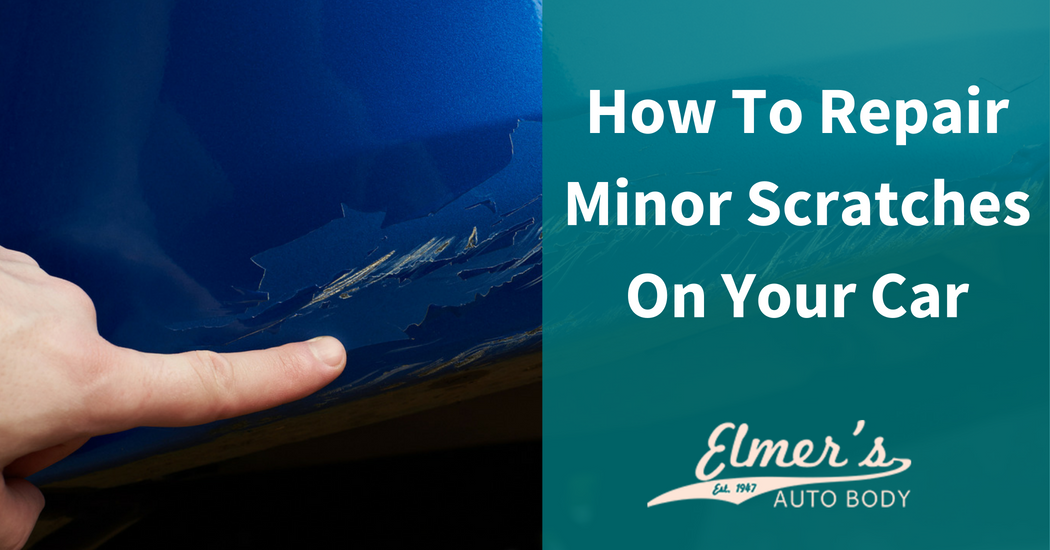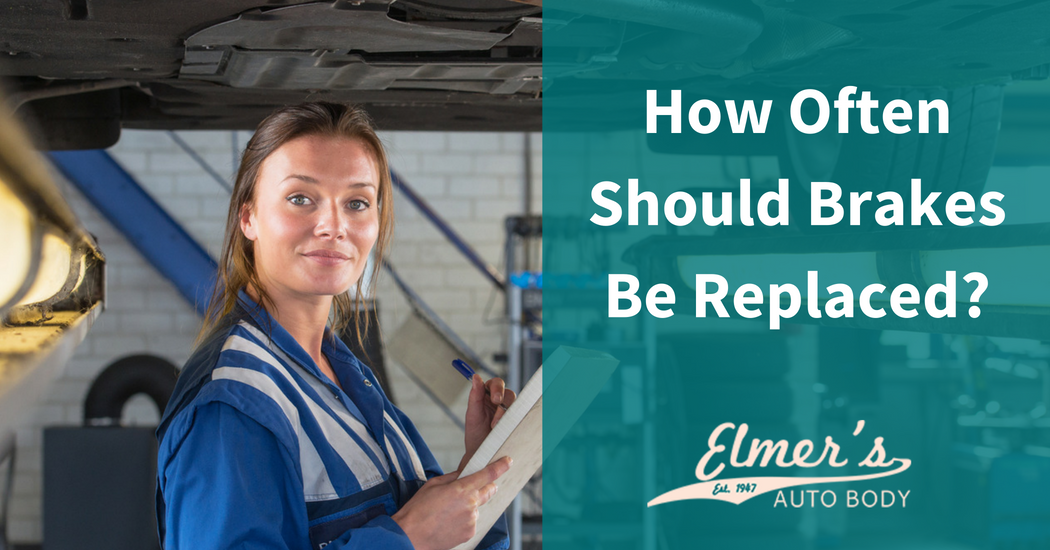One of the reasons you chose your vehicle is because you liked the color of the exterior. After a collision, you may be concerned that your car will not be the same color or that the paint used to repair partial damage will not match the rest of the car. Today, collision repair technicians have technology that allows them to match your paint color so your repairs are virtually undetectable.
Using a Spectrophotometer
Because it is impossible for a collision repair center to have every possible paint color available, there must be a way for them to determine the colors used to create your particular color. This is especially true if your vehicle has a custom paint color. One way they do this is by using a spectrophotometer, a machine that measures the among of light and the exact colors that are included in the current finish. The machine then compares the information with your car’s VIN to find the actual paint formula used. Using this method, the collision expert can create a paint color that is close to an exact match for your car.
Computer Technology
New technology is being developed daily that help collision technicians accurately identify paint colors for your vehicle. Not only can computers help the technician identify what colors to use on your car, they can also help finish the work evenly so that your car is returned to you in better condition than it was before. New technology is being used to repair dents, scratches and finish work that provides you with a much better repair than you could get even a few years ago.
Older Model Cars
It has historically been easier for technicians to match the paint on newer cars than older cars, but that is also changing due to technology. Now, using computer-assisted devices, technicians are able to match even custom paint on your car after an accident. If your vintage Camaro is involved in an accident, it is now possible to match the paint so that any repairs necessary are virtually undetectable.
If your car has been involved in a collision, schedule an appointment today by filling out the easy form online or giving us a call. We offer a no obligation inspection and will work as quickly as possible to get your vehicle back on the road in as good or better condition that it was before the accident.




